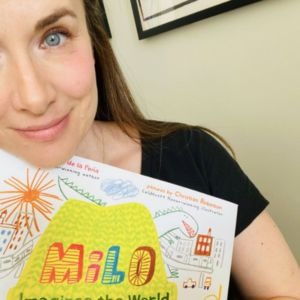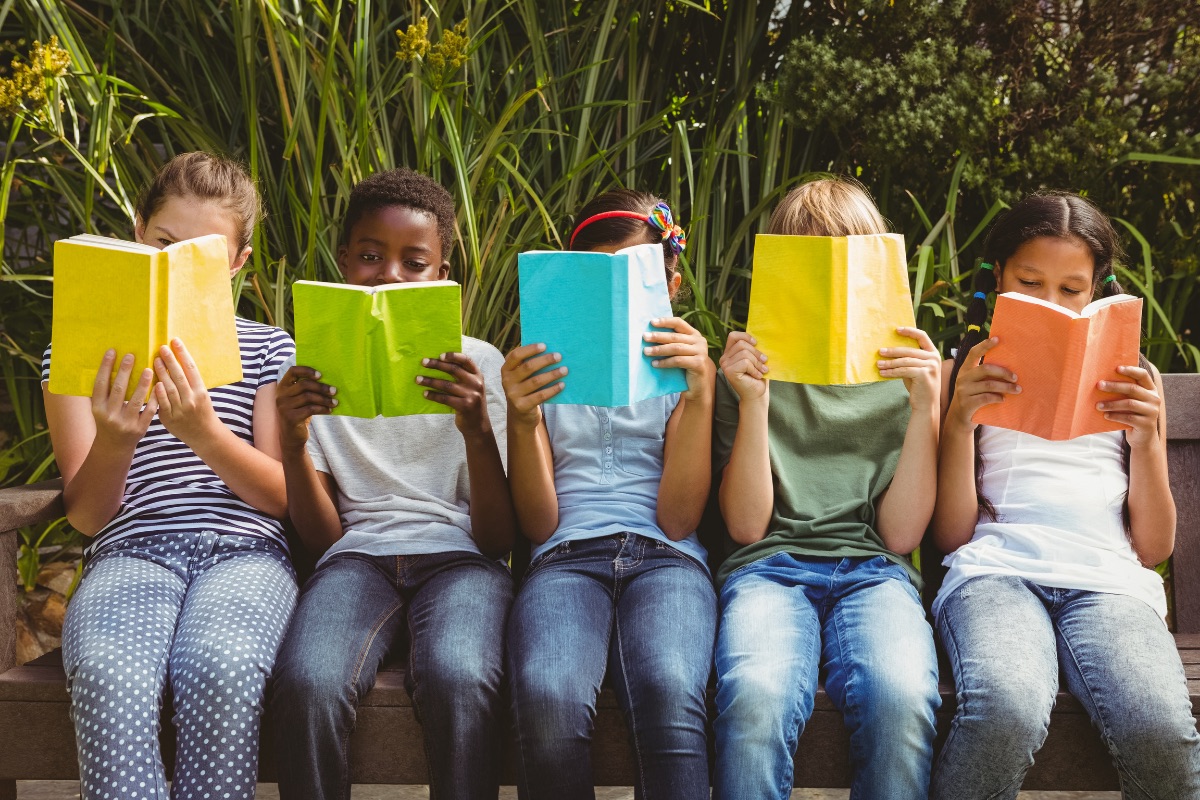Fall is the Perfect Time to Check Your Shelf (Again): Blending Culturally Responsive Texts into Your Writing Workshop
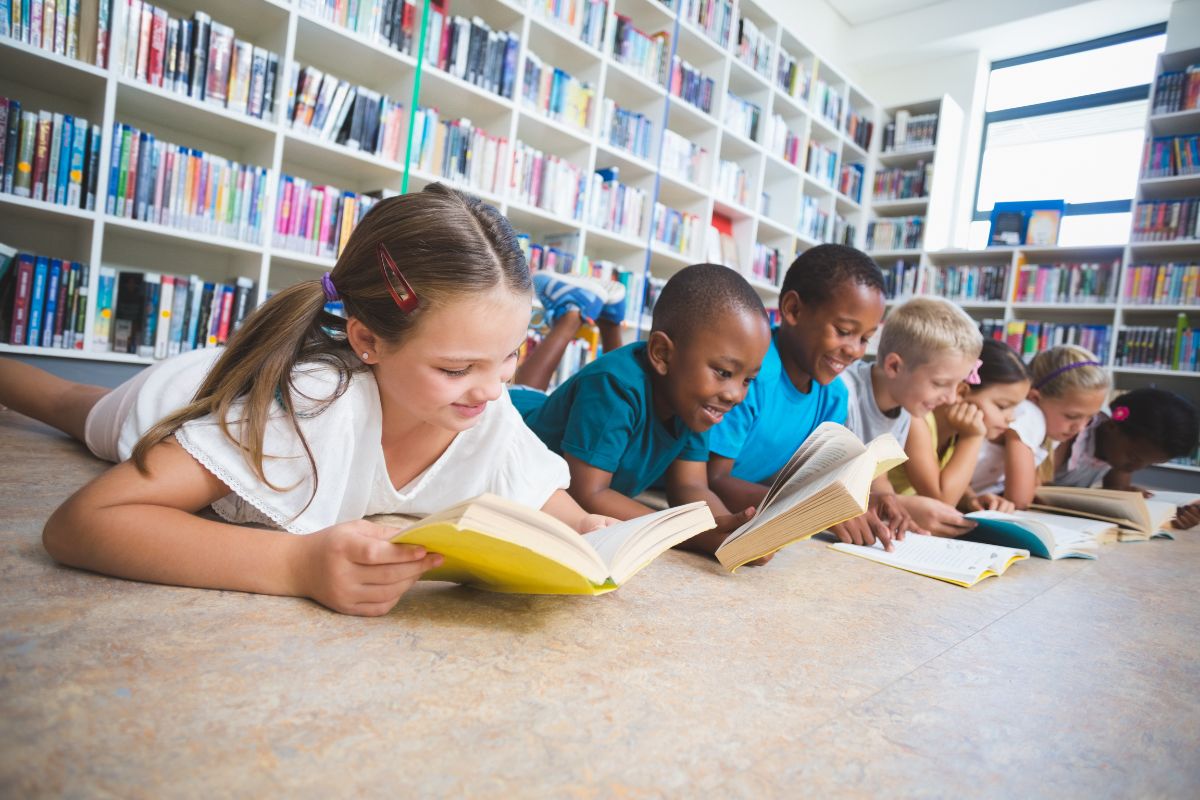
In the fall of 2022, school boards and school librarians were being inundated with book ban applications. Classroom teachers were being put on leave for sharing picture books with their elementary school students. It was during this tumultuous and confusing time that the National Education Association (NEA) issued a report. Entitled, “The Legal and Pedagogical Case for Culturally Responsive and Racially Inclusive Public Education for All Students”, the NEA made the case that enacting laws regarding culturally responsive books punish teachers and harm students. “An established body of research affirms what educators have long known: a culturally responsive and racially inclusive education benefits all students – and is the most effective pedagogical approach.”
As I mentioned in my prior article about this subject (“Check Your Shelf: Blending Culturally Responsive Texts into Your Writing Workshop”), I do not believe that using these types of texts as stand alone lessons is the best way to incorporate them into classrooms. I do believe that one way educators can more effectively and efficiently integrate these texts into their already packed schedule is to have them act as models in their writing instruction as mentor texts. When we ask our students to craft their own personal narratives, memoirs, vignettes, and small moment pieces, we can feature texts where family dynamics, languages, homes, and conflicts may be different from texts we are currently using (and have been using for years). Since the pandemic, I have been working to constantly update the book lists I share with teachers, so they are more diverse and speak to all of our students and their experiences. If you are not sure where to begin, check out these new favorites that are examples of beautifully-crafted texts encompassed in stories that speak to diversity, equity, and inclusivity.
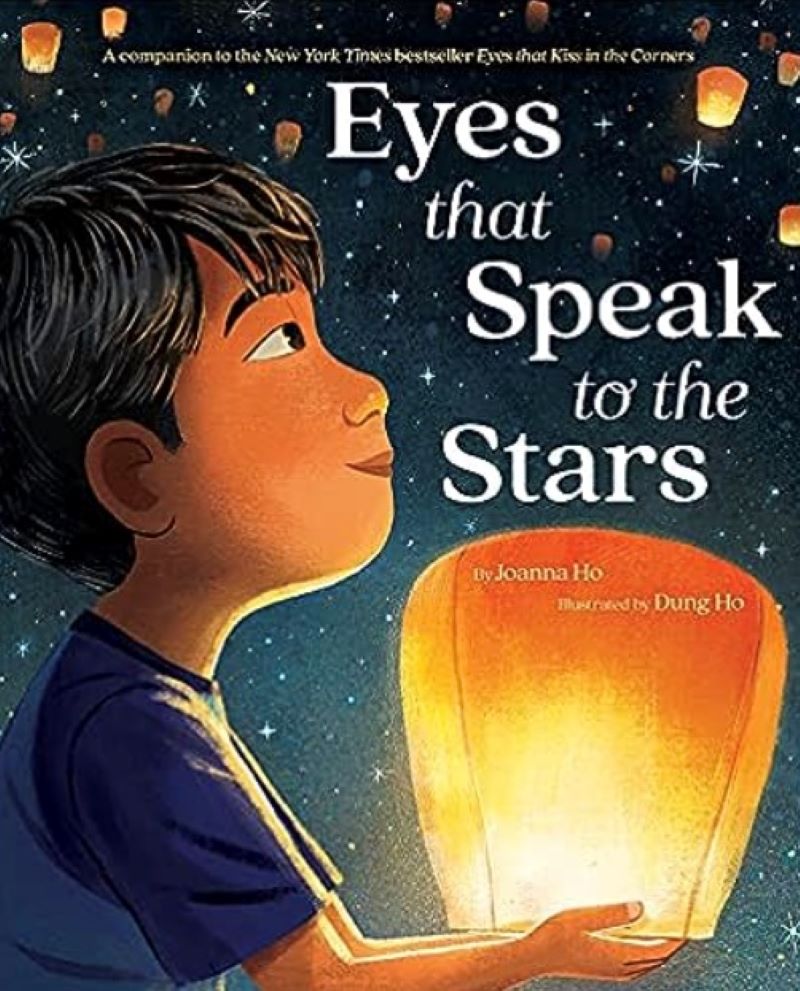
Joanna Ho’s Eyes That Speak to the Stars is the companion to her New York Times bestseller, Eyes that Kiss in the Corners. The text opens with the main character distraught as he shares a picture that one of his friends has drawn. The seemingly innocent illustration depicts his friend group, holding hands on a soccer field. Yet, the main character shares his heartache with his father exclaiming, “Kurt drew a picture…with eyes like two lines stretched across his face and told me, That one is you”. Recognizing that this is not what his eyes actually look like, the remainder of the text is the boy’s Baba telling him all of the unique and true things about his eyes (and the eyes of generations before and after him) that make him an individual who should stand tall with pride. As a writing mentor text, Ho includes techniques for teaching the following minilessons:
- Figurative language: metaphors, similes, personification, and alliteration
- Vivid verbs to make sentences come alive:
- Repetition of a single phrase (and the title of the book) which connects the eyes of various generations together
- Prepositional phrases permeate the pages and create powerful, detailed images for the reader
- Voice of the reader through the use of fragments, simple, compound, and complex sentences as well as intentional line breaks.
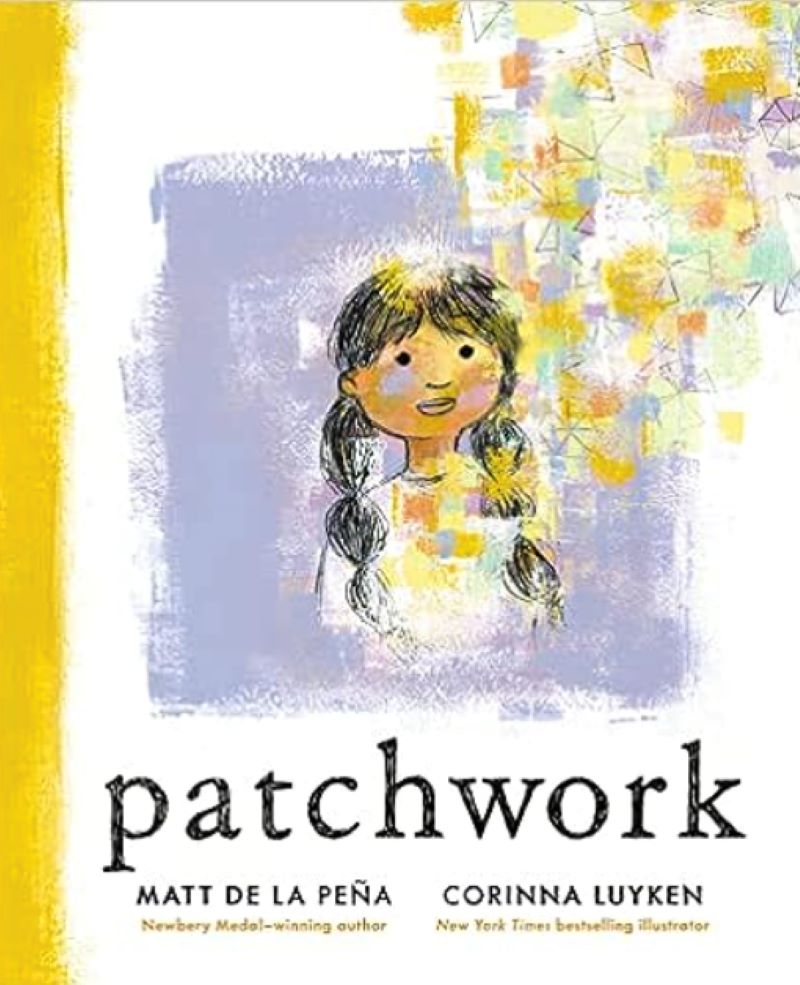
Matt de la Peña, Caldecott and Newbery Award winner, shares another masterpiece in his latest picture book, Patchwork. Written as a reminder, warning us (children, teachers, and parents) of the societal “marks” that can be pernicious and confusing to development. Using micro stories to depict a number of different children, Matt shares the initial labels given to them. Their stories evolve into adulthood, depicting how the labels have changed and the children have evolved into their true selves. Matt reminds us, “You are more than a subtle note, played again and again. You are a symphony.” The tender and thoughtful illustrations of Corinna Luyken add to each inch of the text (including the end papers, the jacket, and the spine) as children are painted with accompanying and evolving quilt squares, creating their own individual spirit. Matt’s poetic text gives students a chance to learn writing techniques such as:
- Sensory details
- Vivid verbs to make sentences come alive
- Similes bursting with emotion
- Alliteration
- Various sentence types and lengths
- Onomatopoeia
- Repetition
- Limited and meaningful dialogue
- Use of intentional sentence fragments
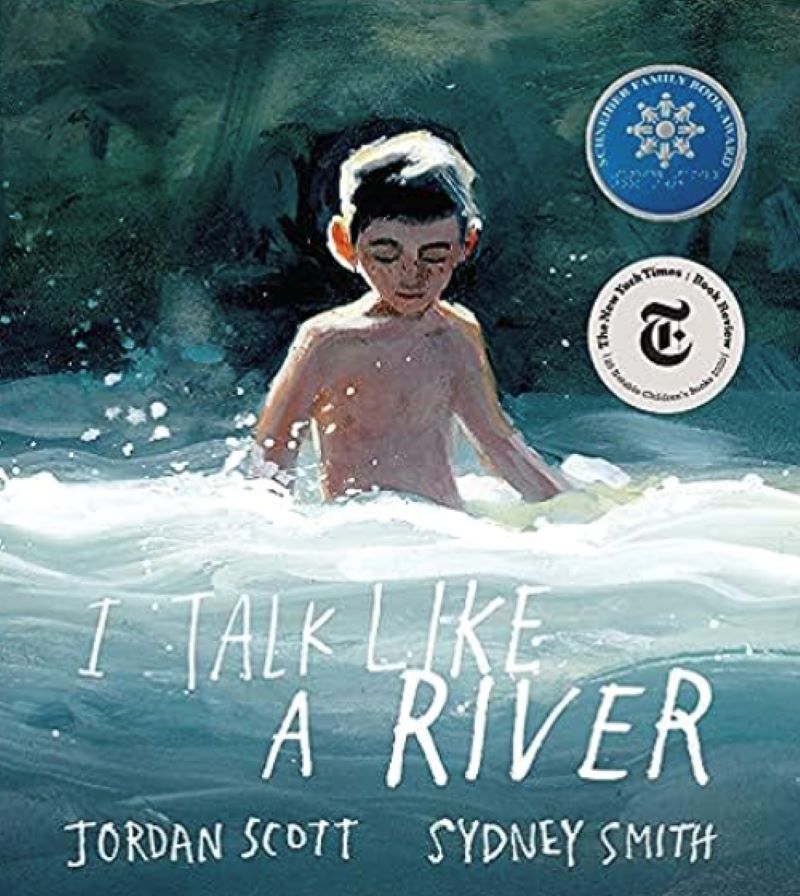
I Talk Like a River is a memoir by Jordan Scott about the challenges he faced growing up with a stutter. Sydney Smith’s emotional and poignant illustrations illuminate Scott’s words as he tells the simple struggle of being asked to speak in class. Smith’s muted colors, different-sized sections, and two-paged spreads plus the intimately crafted words of Scott allow readers to experience the fear and frustration of the main character as he readers are transported into the mind and body of a neurodivergent child simply getting through the day. This text gives student writers a multitude of strategies to utilize in their narrative writing:
- Word placement and line breaks on the page to mimic the effect of stuttering
- Simple, compound, and complex sentences as well as the intentional use of fragments and semicolons
- Commas in a series
- Repetition
- Alliteration
- Prepositional phrases
- Similes
- Hyphenated adjectives
- Italics to notate dialogue
- Author’s Note
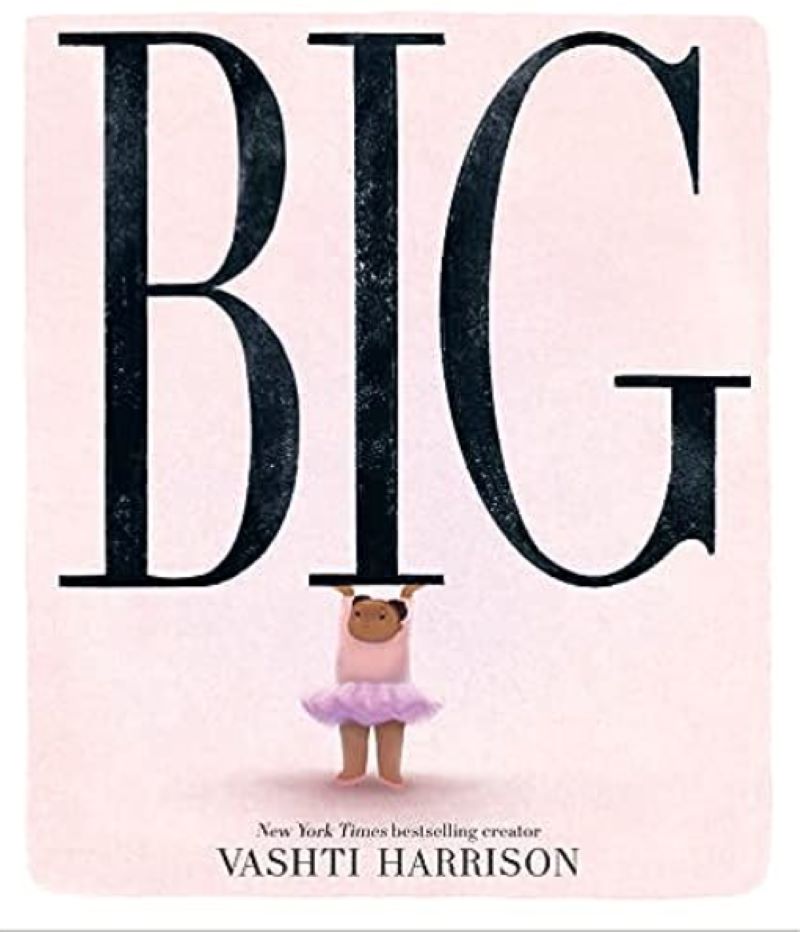
Vashti Harrison is a number one New York Times bestseller for her Little leaders, Little Dreamers, and Little Legends biographies. She also illustrated Lupita Nyong’o’s Suwe and Matthew Cherry’s picture book, Hair Love (also on my last list of multiculturally response mentor texts from my first article for School Rubric). While the actual text of BIG is concise, it is exceptionally poignant. Harrion’s story asks readers to contemplate how anti-fat bias is accepted in society and how the free and insensitive words of adults affect children as they grow, both physically and emotionally. It is a moving and important text about a topic we rarely speak about in schools. As a mentor text, this book cascades with writing lessons:
- Intentional use of line breaks and white space (some across pages)
- Use of faded illustrations to separate the main character and the world around her
- Font size to show volume and power of words being spoken
- Speech bubbles to share the hurtful and impactful words of others
- Illustrations that grow in size and require the reader to physically turn the book to see the impact of pictures as well as folded two-page spreads
- Colors to create mood and tone
- Simple, compound, and complex sentences along with fragments
- Repetition of the word “big” (with various connotations as they story moves through time)
- Author’s note that shares inspiration for the author’s purpose
- Use of ellipses
- Limited and meaningful dialogue
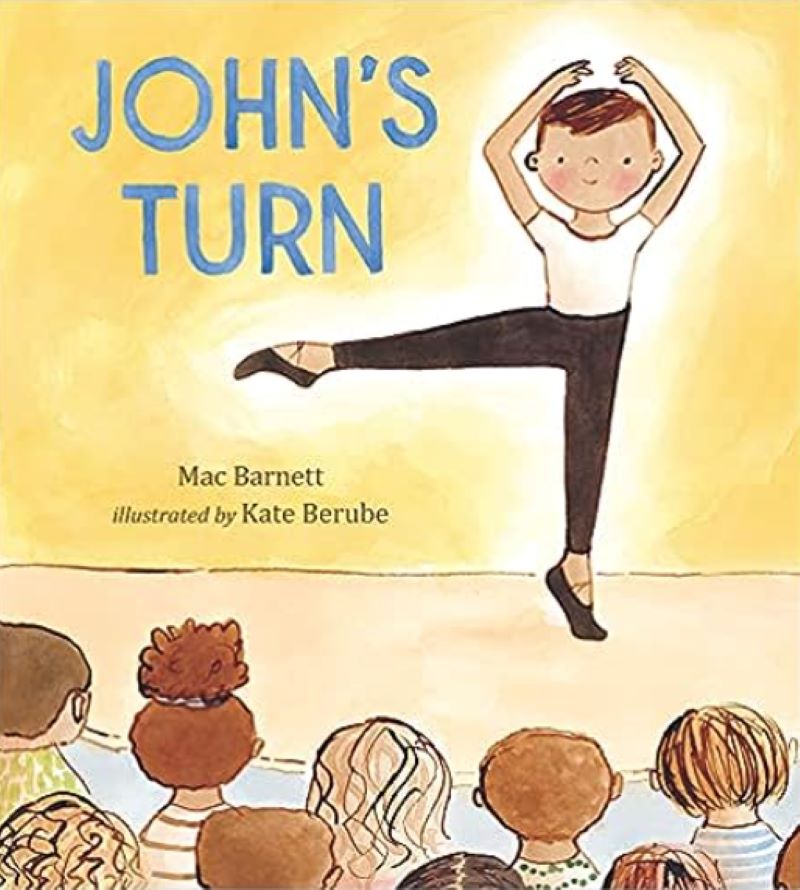
To put it plainly, John’s Turn, written by Mac Barbnett and illustrated by Kate Berube, is simple, yet stunning. It is one of those picture books that can be read repeatedly, and you’ll discover new things to love each and every time you turn the pages. Written from the perspective of one of the main character’s classmates, this text explores the fear of trying something new, in front of your peers, for the very first time. The emotion of both the main character (depicted by Berube’s darling illustrations) and the narrator are the perfect combination. The tender story speaks to the parts of us that we are often hesitant to share out loud for fear of what others may think or say about us. It is the perfect text for the start of the year where teachers long to build a community of support and acceptance. Additionally, John’s Turn shares a myriad of writing techniques that students can writing:
- A title page and introduction page that begins the story in illustrations before the text begins
- Different types of sentences that simulate a child speaking
- Third person narration (unusuals for personal narratives in picture book form)
- Repetition in list form
- Limited and meaningful dialogue
- Use of parentheses,
- Illustrations that are displayed in boxes, close-ups, across two-page spreads (with and without text)
- Commas in a series
- The use of simple sentences in a row gives us the child-like voice of the narrator.
- A special cover under the book jacket that tells its own story
Kate Hoefler, author of the poetic picture books Nothing In Common (featured in my first article on this topic), Courage Hats, Rabbit and the Motorbike, and the newly released In the Dark, understands the importance of creating stories that speak to a multitude of audiences. Kate explains that she writes, “to give people an enlarged sense of the world”. In a recent email exchange, I asked her: Why is this work important? Why do teachers need to advance the inclusion of these types of books in their classrooms? Why do children need to hear these books? Her response was poetic and thoughtful, like all of her stories: “Books are a beautiful window giving us access to our humanity – to what it means to be alive. Banning a book implies that only a certain kind of “alive” is worth living.”
When we read books aloud to students and place them carefully on the most coveted spaces on our shelves, we send a message, intentionally or not: These stories, these characters, these families, these conversations are important and I value them. Promoting culturally responsive texts within your daily writing workshop demonstrates a commitment to include all students’ stories into your classroom- the ones they bring into our schools and the ones they have yet to create.
This article is available and can be accessed in Spanish here.
Barnett, Mac, et al. John’s Turn. Library Ideas LLC, 2023.
Matt, De la Pena, and Corinna Luyken. Patchwork. Playaway Products, LLC, 2023.
Harrison, Vashti. Big. Little, Brown and Company, 2023.
Ho, Joanna, and Dung Ho. Eyes That Speak to the Stars. Harper Collins Publishers, 2022.
Scott, Jordan, and Sydney Smith. I Talk like A River. Walker Books Ltd, 2022.
National Education Association and the Law Firm Antiracism Alliance. “The Legal and Pedagogical Case for Culturally Responsive and Racially Inclusive Public Education for All Students.” NEA, www.nea.org/resource-library/legal-and-pedagogical-case-culturally-responsive-and-racially-inclusive-public-education-all. Accessed 28 Aug. 2023.

